As a business owner, you want to simplify your work process and increase efficiency. But it’s not always an easy task. There are too many things that require your attention, yet you have limited time. If you are struggling with managing your operations, you may be losing money.
But managing your business operations does not have to be overwhelming, or difficult. There are proven steps that can help you improve your business operations.
In this article, I’ll show you 5 practical steps to simplify your work processes and improve your overall business operations. They include:
- Conducting a business operations audit
- Defining your objectives and goals
- Implementing technology and automation
- Training employees
- Monitoring progress.
At the end of this article, you’ll learn how to improve business operations, streamline your business processes, and increase efficiency.
What are business operations?
Business operations include all the activities involved in running a business efficiently and effectively. These activities include managing your resources such as workers, materials, and equipment. It also involves sharing and delegating roles and responsibilities to your team to create and deliver products or services to your customers.
For instance, the operations of a fashion business that produces and sells clothes may include the following:
- Sourcing fabric
- Producing clothes
- Marketing and advertising the clothes
- Handling customer orders and inquiries
- Managing workers
- Managing equipment
- Managing finance.
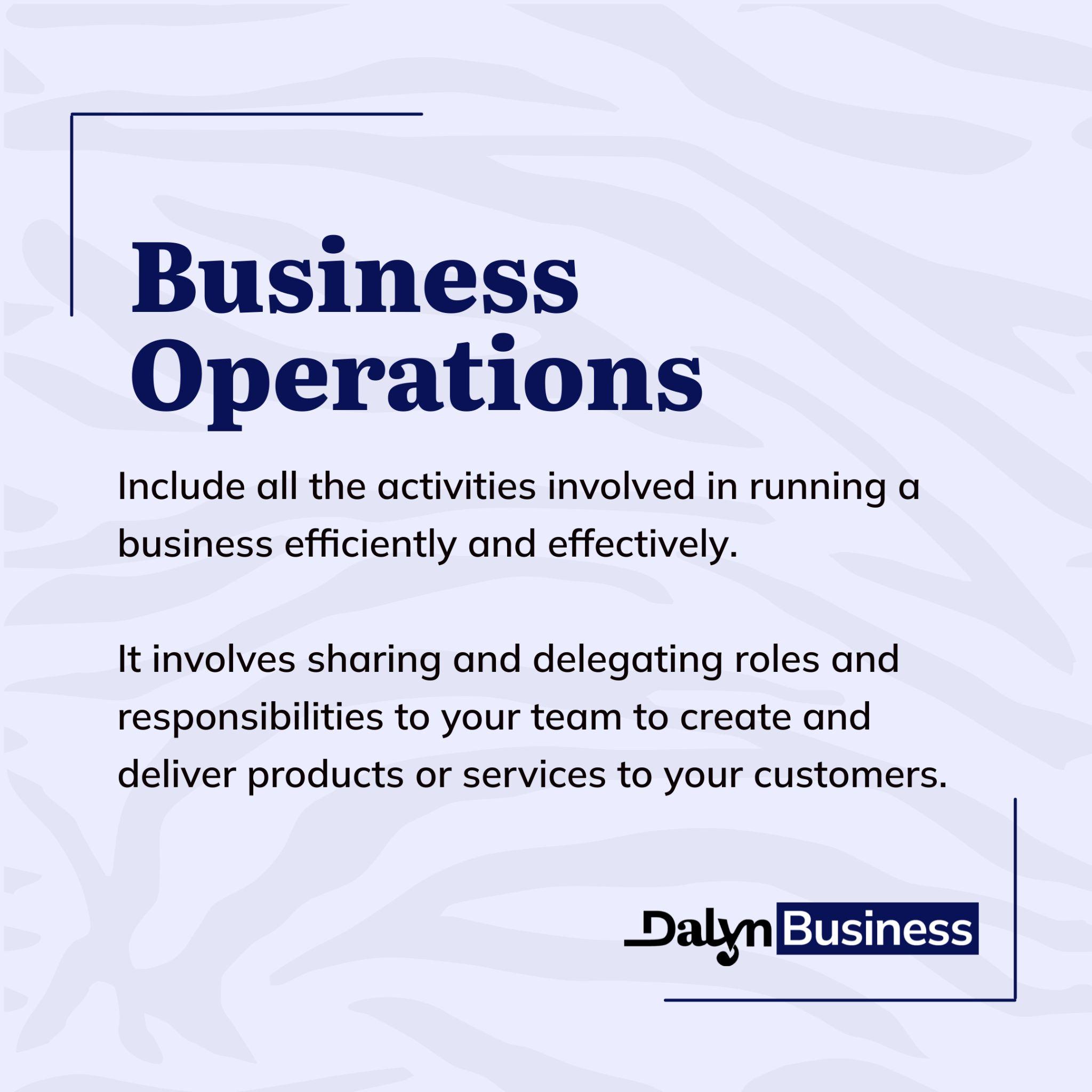
Your business operations can be efficient and effective depending on how you go about them. When you have well-defined operations processes, you can cut down unnecessary expenses, shorten the time it takes to produce a product or service and generate more profit. You will also make high-quality products or services and please your customers.
How to improve business operations and streamline your work processes for efficiency
Below are actionable steps to follow to streamline your business operations.
1. Conduct a business operations audit
To get a clear picture of what is going on in your business, you need to conduct an operations audit. A business operations audit is examining every area of your business to understand all the tasks you do, how you do them, and the areas that need improvement.
The areas to review include:
- Processes – How do you produce the goods or services that you sell? Do you have a clearly outlined process that anyone can follow? Are there challenges with the process?
- Procedures – How are issues handled in your business? Do you have clear policies in place for when things go wrong? Do you have a due process that employees know and use?
- Marketing and sales – How do you currently advertise your business? What is your sales process? How do customers find you? If a customer contacted you today, what process would they take from their first inquiry to purchase?
- Finance – How do you collect money from customers? How do you pay for daily utilities, such as electricity and rent, in your business?
- Staffing – How do you recruit staff? Do you have a clear onboarding process? If you hired an employee today, would they know what to do right away?
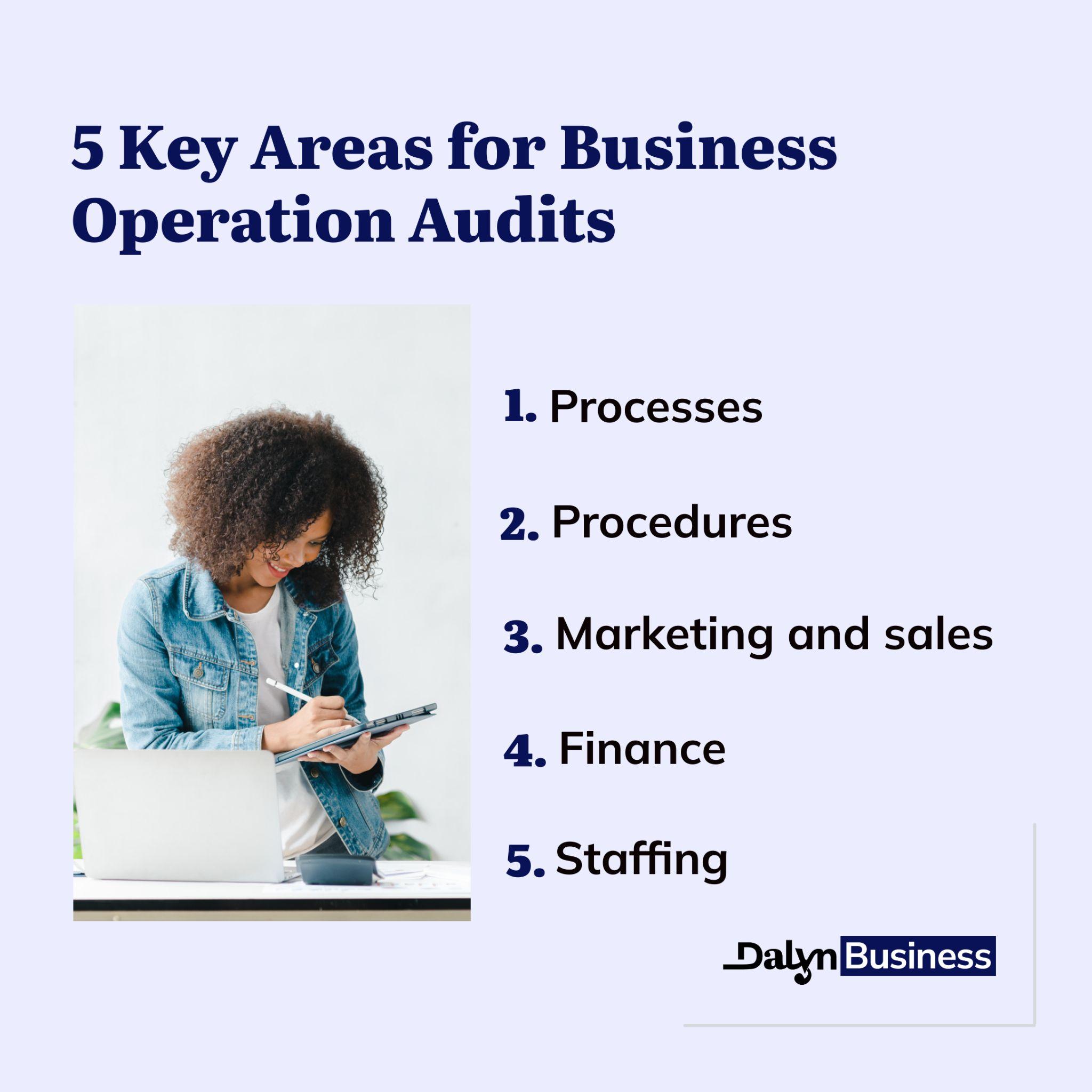
Document your current business process
A business process is the step-by-step activities you take to achieve your business goals. Your business processes can be broken down into specific workflows. A workflow is a series of steps taken to complete a particular task. A workflow also shows who handles which aspect of the task and how they handle it.
Going back to our fashion business example, the process would be those steps we take to produce an outfit. If we are making a dress that will be delivered to a customer in another state, for example, the process may include:
- Collecting the customer’s measurements and address
- Cutting the material
- Sewing
- Finishing (weaving, etc.)
- Ironing
- Packaging
- Shipping the dress.
A similar step-by-step process would apply to other areas of the fashion business operations.
So, to improve your operations, you need to record or document your current work process in writing or other forms. This documentation has to detail everyone’s roles to help you understand how tasks are being done and completed. With that, you’ll easily identify where there are faults or errors. Documenting your business process also helps you communicate well with your team and fosters collaboration among team members.
Identify areas that need improvement
Now that you have gathered all the information you need, it’s time to find where there are gaps in your record. In our dress-making example above, we may discover that customers often send the wrong measurements, so we may need to create a size guide for our customers. We may also realize that we don’t have any staff who can cut clothes properly. This will require hiring or training someone to do it better. This step helps to identify the faults in our operations and why our business is not running smoothly.

You can also request feedback from your employees about the areas they think you can improve. Another way to identify which areas of business operations to improve is by interviewing some of your loyal customers. They will naturally tell you where your business is lacking.
2. Define your future goals and objectives
Now that you’ve identified the issues with your business processes, it’s time to define your goals and objectives for the future. How do you want your business to operate in the future? And how do you hope to achieve that?
Clear answers to these questions will show your goals and objectives. They will equally serve as a reminder and guide for every step and decision you want to make concerning your business.
Goals are the aspirations of your business. They define the overall direction and aim of your business. Objectives are specific, measurable, and time-bound targets set to achieve your goals.
For instance, you might have a goal to improve your physical fitness and health. The objective will be the ways to achieve it. You may decide to work out 3 times a week and eat balanced meals for 2 months.
Your goals and objectives will not only motivate you but also provide the metrics for measuring your business progress and success. In addition, defining your goals and objectives will help you prioritize your resources and efforts.
Identify changes you need to make
Setting your goals and objectives will bring about the changes that need to be effected in your business operations. From the audit you conducted and the results you gathered, define the changes you want to make. Those areas that need to be improved will be where you should direct your attention. You also need to document the changes properly.

Going back to our fashion business example, the following will be the possible goals and objectives for the changes we can make:
| S/N | Goals | Objectives |
|---|---|---|
1. | To increase brand awareness | By gaining more followers on social media by 20% |
2. | To improve the production process | By acquiring 2 industrial sewing machines |
3. | To improve customer satisfaction | Launching a customer loyalty programme |
Set a timeline for when to make those changes
Your objectives should be time-bound. The timeline should be realistic as it helps you know how far or how close you are to your goals. Hence, you need to specify when to start seeing the results of the changes.

For instance, in our fashion business example, we can put due dates or deadlines for the changes we want to effect. This is what the timeline for our objectives might be:
| S/N | Changes to be made | Timeline |
|---|---|---|
1. | Gaining more followers on social media by 20% | In 6 months |
2. | Acquiring 2 industrial sewing machines | In 2 months |
3. | Launching a customer loyalty programme | In 3 months |
To set a timeline for the areas to improve, break down the changes into smaller tasks. Also, determine the tasks that depend on others as some tasks may need to be completed before others can begin. And then ensure your timeline covers the start and end dates of each task.
3. Implement technology and automation
Adopting technology can make your work easier and faster. Automation involves using technology to perform tasks with minimal effort.
 There are different types of automation tools built for various purposes. For example, Customer Relationship Management (CRM) software allows you to store and track detailed information about your customers.
There are different types of automation tools built for various purposes. For example, Customer Relationship Management (CRM) software allows you to store and track detailed information about your customers.
Other examples of these tech tools you can use to improve your operations are accounting and their possible uses are shown in the table below.
| S/N | Automation Tools | Uses |
|---|---|---|
1. | Accounting tools, e.g. Quickbooks, Xero, Expensify. | For recording and tracking your business transactions so you understand whether your business is making or losing money. These tools can be used in the fashion business to create invoices and collect payments from customers. They can also be used to manage sales and see which items are selling well. Additionally, these tools can be used to keep a record of the money spent on buying new items and paying taxes. |
2. | Human resource management tools, e.g. PayDayNG, Prime Payroll, TAMS. | These payroll tools automatically pay salaries when it is due. These tools are also used to manage other important things like bonuses, deductions and taxes. They can be used to track employees’ hours worked and attendance. In the fashion business, a payroll tool can be used to ensure that all the employees get paid the right amount of money for their work. It also helps keep track of when they come to work, when they take time off, and how much tax they need to pay. |
3. | Appointment scheduling tools, e.g., Calendly, Google Meet, and Zoom. | For automated scheduling of appointments. These tools are used to manage and organize various appointments and meetings. For example, in the fashion business, if a customer wants to make a wedding gown, they can schedule a fitting appointment through the business’s online scheduling tool. The tool will display available time slots, and the customer can select a convenient time. |
Using these tools helps you to:
- Stay organized and agile.
- Maximize and improve your business process.
- Manage those important but repetitive tasks.
- Focus on other important areas of your business.
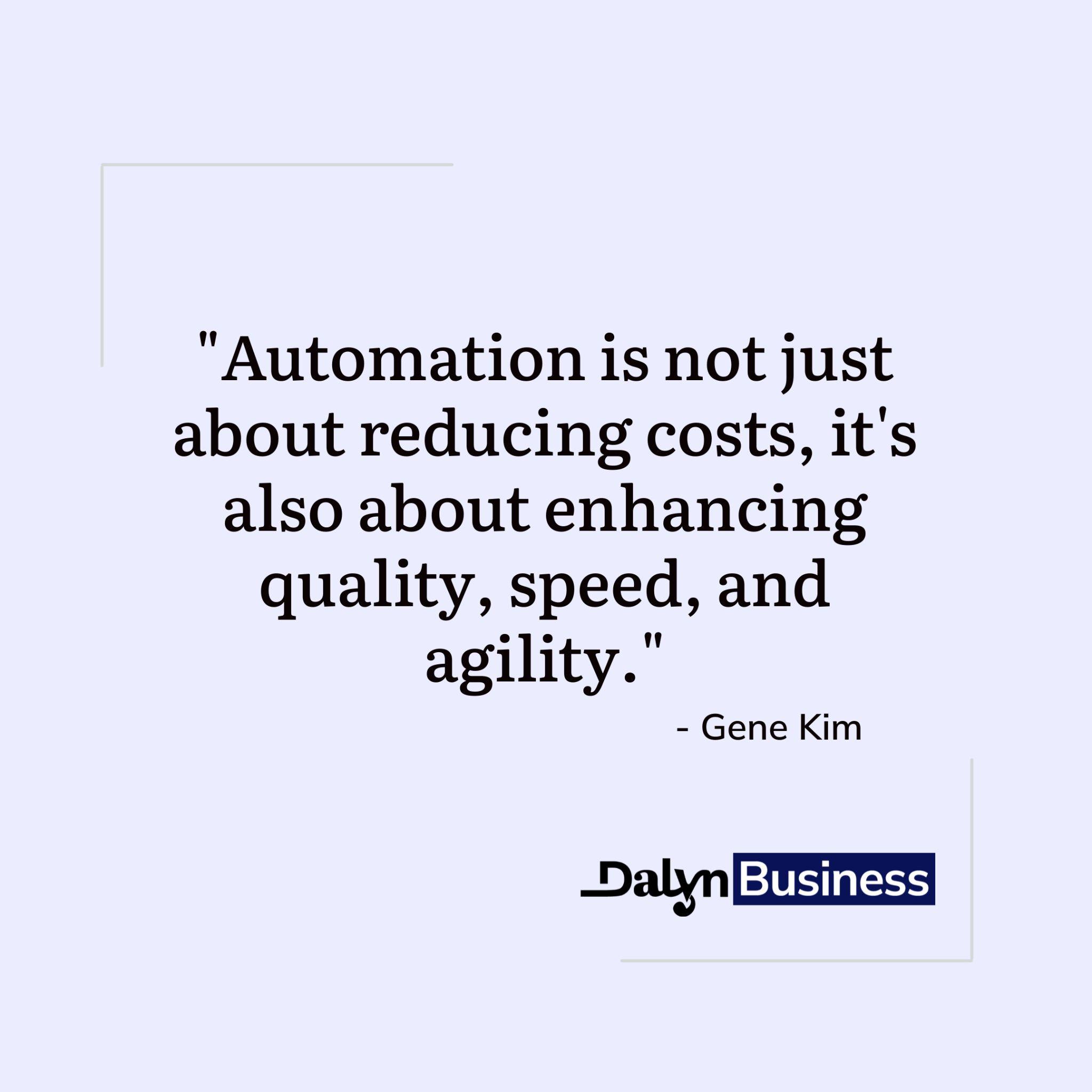
With automation, your business becomes more efficient and effective.
To use automation tools,
- Identify the areas of your business that can benefit from them, such as areas that are time-consuming, repetitive, and prone to errors.
- Define your budget.
- Identify the tools that fit the purpose for which you need them.
- Test the tools before buying and adopting them for your business.
- Train your employees on how to use them effectively.
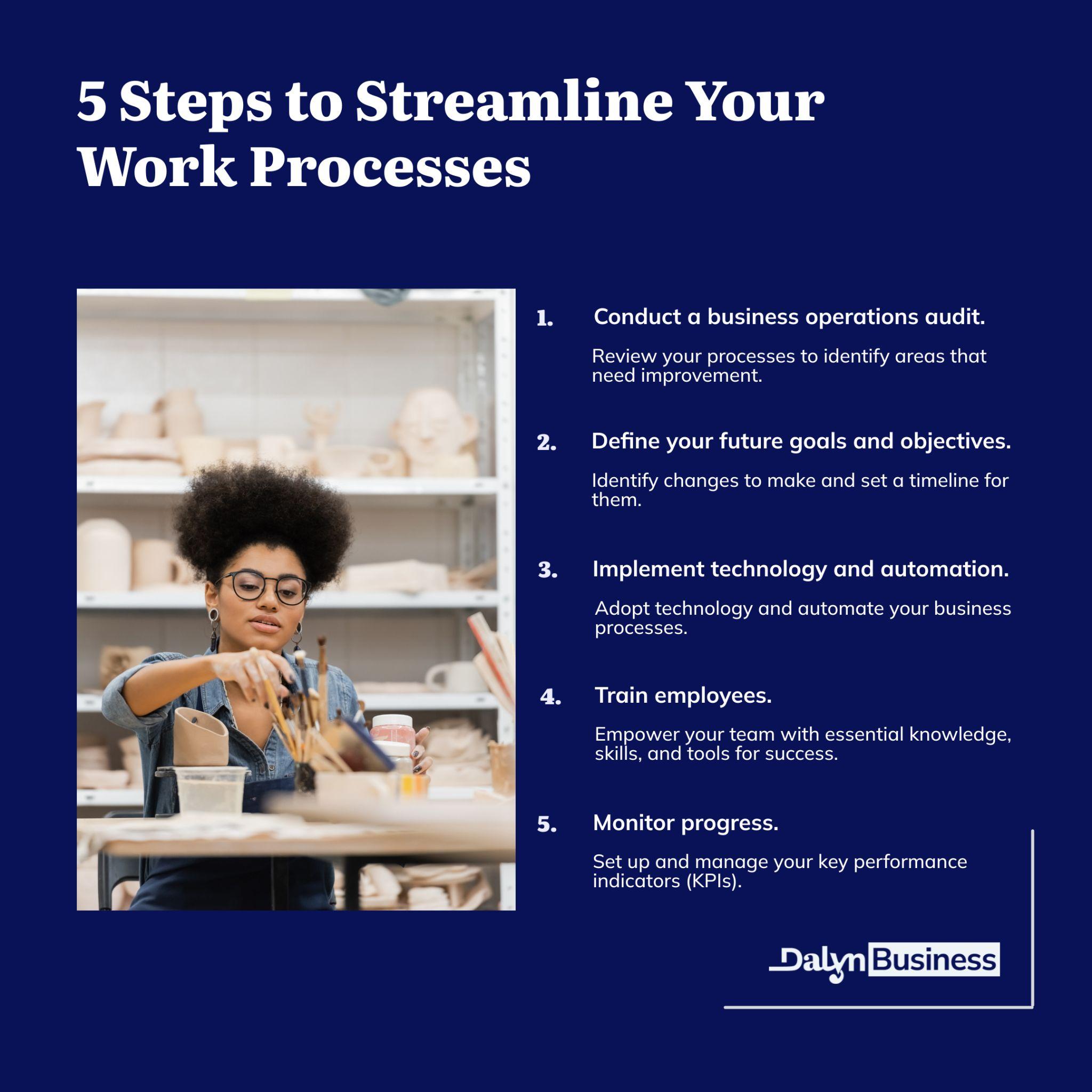
4. Train employees
The success or failure of your business depends on the competence of your employees. Giving them the best training, therefore, is essential to the overall productivity and growth of your business. This is because they perform the everyday activities in your business. Hence, their activities should always align with your business values and goals to move your business towards the best direction.
The multi-billionaire businessman, Femi Otedola, puts it this way:
“As I cannot be in all places at all times, the key is to ensure that I have a sound team which steers the ship in the right direction under my guidance.”
In other words, you need to empower your team with excellent knowledge, skills, and tools they need to work for you.
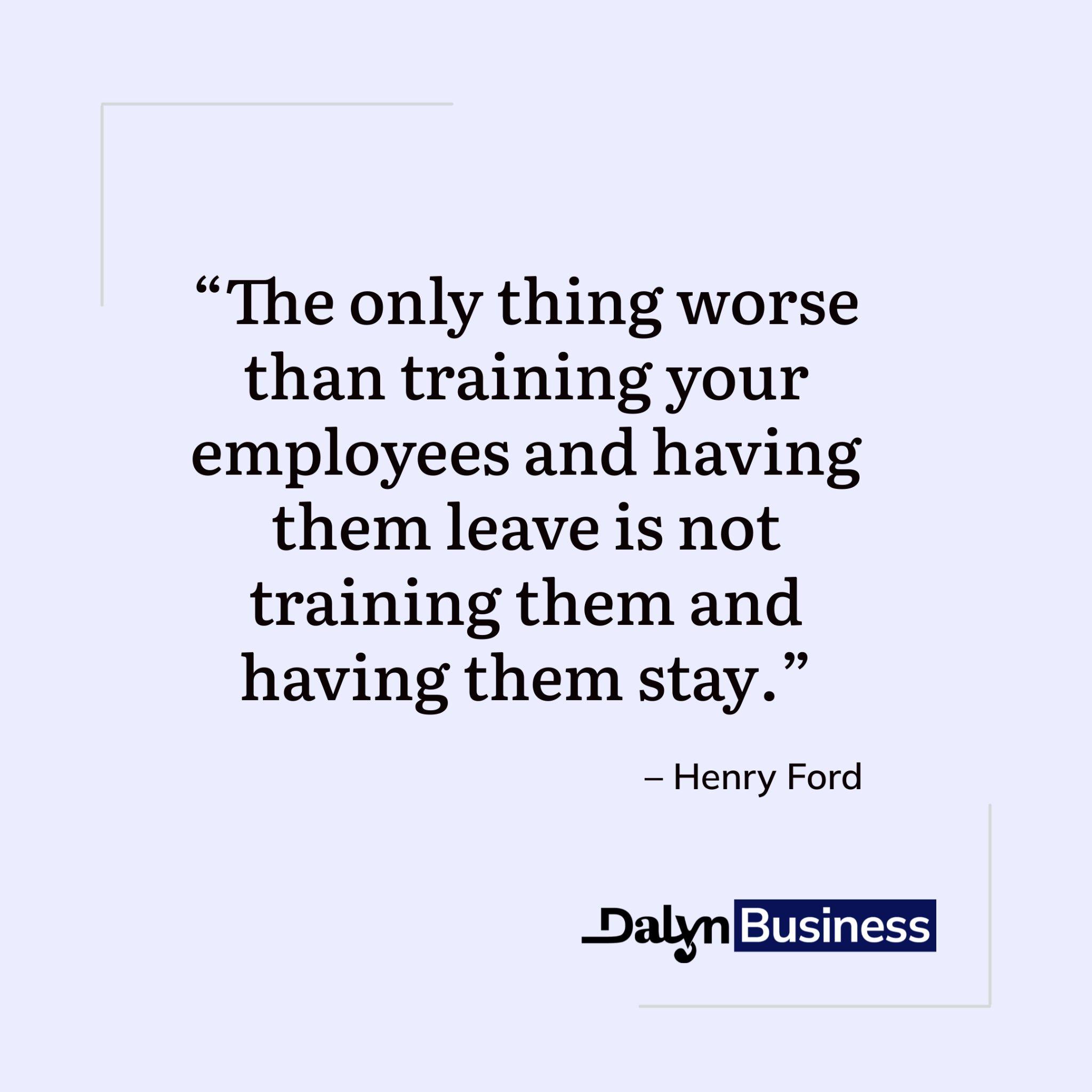
As a fashion business owner, for example, a careless employee may destroy a customer’s fabric or make the wrong style for a customer. This can cause your business serious damage and cause you to lose customers.
That is one practical reason to train and retrain your employees.
Training them also helps your business consistently deliver quality products or services to your customers. Hence, your business growth becomes stable because your employees are trained to follow the same procedures that yield productive results every time.
To train your employees,
- Define their specific roles to avoid the overlapping of responsibilities.
- Outline everything they should learn about their specific roles.
- Schedule time for the training.
Finally, ensure the training aligns with your business goals and objectives.
Important: You may realize after conducting an operations audit that some employees in your business do not contribute to the overall success of your business. They may not have the necessary skills or may be unwilling to learn. You would have to make the difficult decision to let such employees go and develop a process to ensure you only hire the best hands in the future.

5. Monitor progress
Now that you have able, competent hands, your next job is to oversee and manage their activities. This means reviewing their work to ensure they’re always on track.
Monitoring the progress of your team helps you stay true to your objectives and goals. It shows you the areas of your business to improve and enables you to make better decisions.
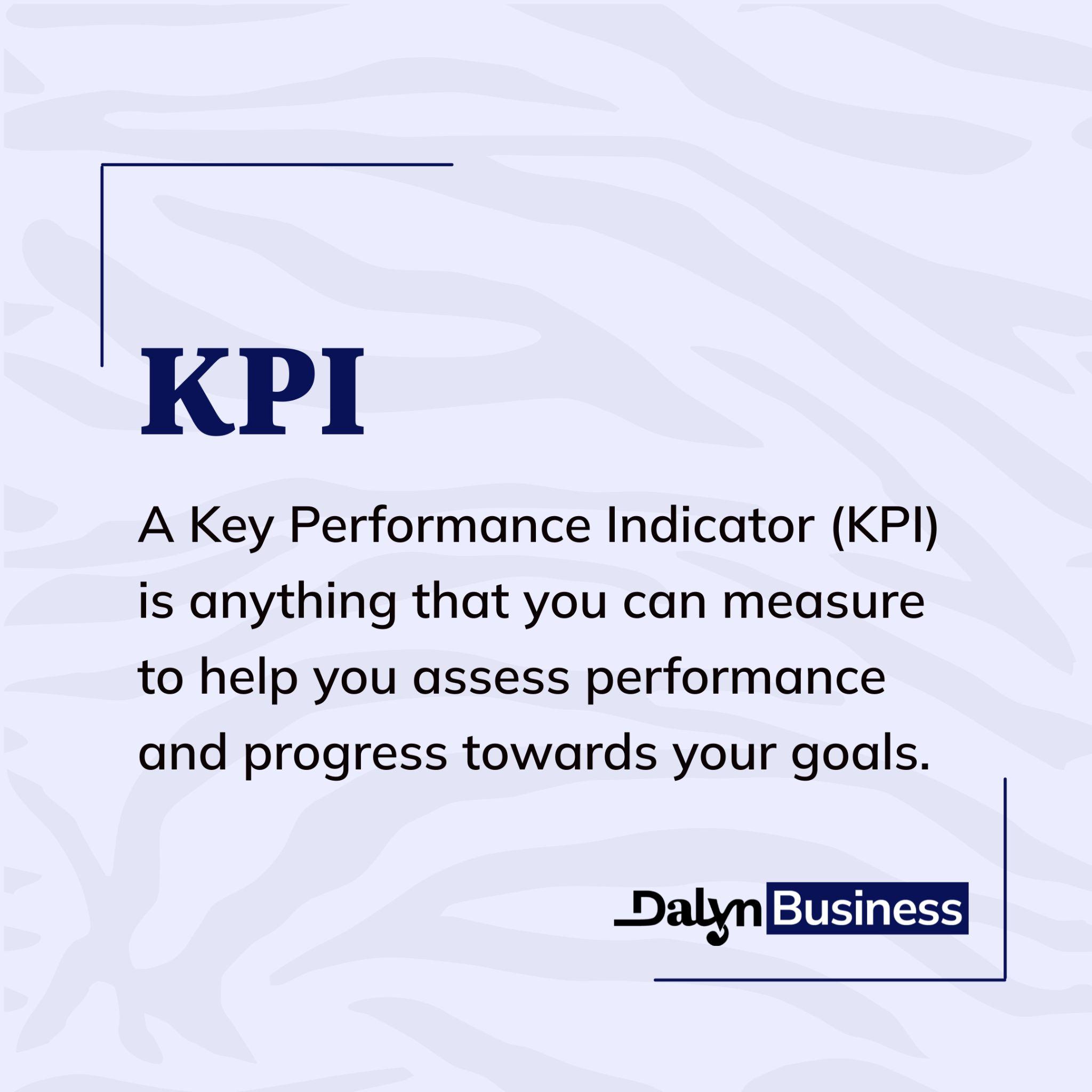
The steps to monitor progress include:
- Setting up your key performance indicators (KPIs): A KPI is anything that you can measure to help you assess performance and progress towards your goals. For example, in the fashion business, a KPI could be the time spent to produce one outfit. If it takes too much time to produce one outfit, you may want to find ways to reduce that time. So, if the time decreases, then you’re doing a good job. Other KPIs for a fashion business could be the number of outfits made/sold in a month and the customer satisfaction rating.
- Creating a regular report: This report could be weekly or monthly. In the report, look out for the KPIs you have defined and assess them.
- Getting relevant feedback from your customers: This means you will need to interact with your customers regularly to find out how satisfied they’re with your products and services.
Conclusion
Improving your business operations is the best way to get organized and make your business processes more efficient and effective. When you follow the practical steps outlined in this article, you’ll not only streamline your work processes but also position your business for success.




